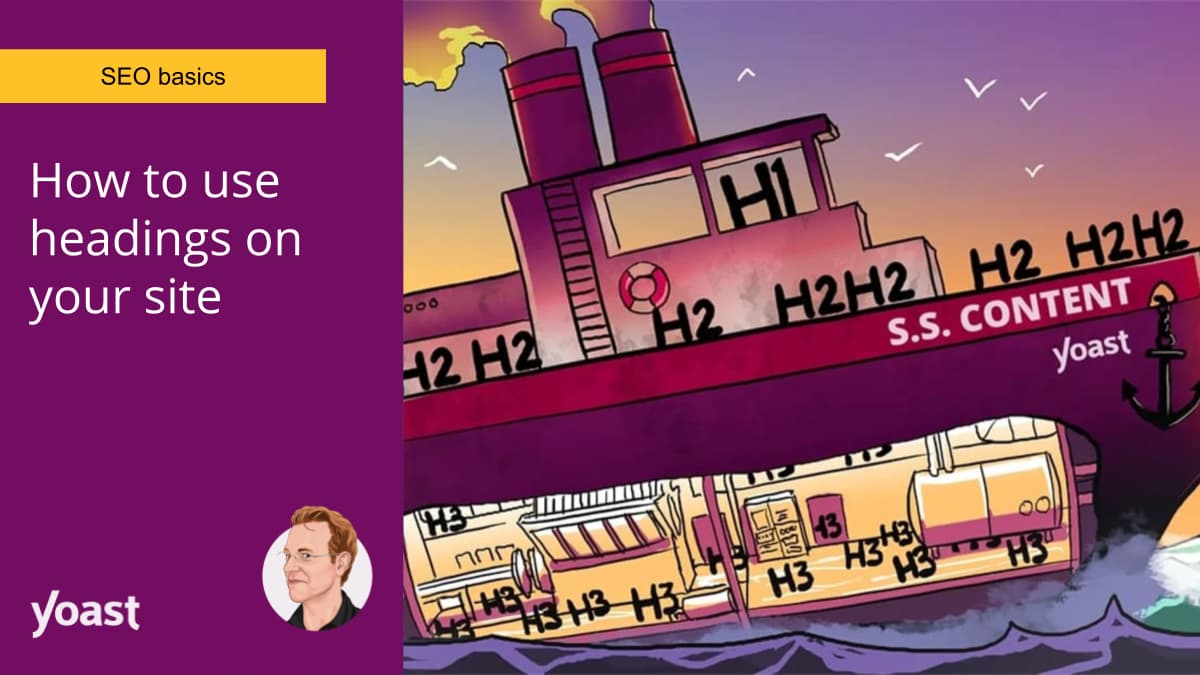- The Friday File
- Posts
- How to construct a blog post from scratch
How to construct a blog post from scratch
I do this every day and take it for granted. Let's take a look at what it takes to build a solid article every single time you get behind the keyboard.
Constructing a blog post
Today we’re digging into the mechanics of the craft: constructing your blog post. This is really important stuff to understand if you want to get into the long-form blog writing game.
Also, it’s extremely important if you intend to start your own website or newsletter, which basically follows the same structure as a blog. I haven’t decided yet, but this may become a two or three-parter because I want y’all to understand the design of an effective blog post fully. It is extremely valuable if you are tasked with writing them for your company, and it is highly lucrative if you are looking for a freelancing hustle.
Pay close attention, and let’s dive into this.
Research
The first step is the most important, and it is research.
Here’s the deal: in the real world of article writing, you will have to find that happy median of research and writing because you have to make money. But you will find that your ratio is probably going to be at least 2:1 research to writing for a while, maybe even 3:1.
Am I serious? Well, yeah.
best copywriters are also the best researchers.
yes.
you need killer research skills to write million-dollar ideas.
but more importantly.
you need killer research skills to answer LEGAL's concerns.
If your research doc isn't robust enough to handle 3 rounds of legal:
NGMI.
— BROGILVY | Copywriting Maximalist (@NYCWritesCopy)
2:33 PM • May 23, 2023
Blog posts are an asset to you or your client's website. It is an informational resource and an inbound lead-generation tool. It has to be well written. It has to be factually correct.
I know what you’re thinking: research isn’t part of the structure of a blog post. And you would be correct.
But it is at the top of the list because it is more important than anything else. Your structure can be meticulous and correct, but if your writing is all fluff and has no substance, or worse, factually inaccurate, you have serious problems.
Headings
Look at headings (H1, H2, H3, etc.) as the outline or the skeleton of your article. They are what you use to create the narrative.
Now, here’s the thing: H1s are for the title ONLY. They are not used anywhere else throughout the remainder of the article, just once at the top for the title.
After the title and introductory paragraph, you will proceed with your H2s. These are the real body of the article. They are the main headings. Think of these as the individual topics you will use to reinforce whatever message you are trying to send in the article.
I will often write the H2s in the form of a question that needs to be answered and then use the body paragraphs to answer the questions.
H3s, H4s, H5s, and so on are subheadings to the main headings. You will use these to support each main heading/H2. Each tier under H3 is just there to break down information further. These are practical ways to separate and organize your thoughts so you don’t get lost.
As a web designer, you need to devote yourself to the art of web design, but you should also know some things about search engine optimization, such as: how to use heading tags correctly, such as
,
and
.#Webdesign #SEO ht#Webdesign/#SEOc
— Eileen Lue (@LueEileen)
2:42 AM • Jun 16, 2023
In my experience, if you open an article that is 1,500 words long and comprises one or two headers (or none), you will get lost in the author’s thoughts. Break down your work! And break it down even further with sub-headings, sub-sub-headings, etc.
Body
There isn’t all that much to say about the body. Once you have performed your due diligence, thoroughly researched your topic, and built out all your headings and sub-headings, the body basically writes itself.
It sounds cliche, but it’s true. This is why I write my headings in the form of a question; it is much easier to answer a question and explain your answer than any other method. Besides, when a blog is being used as a lead magnet (which is what is should always be doing), the audience is usually there with questions.
I pull questions that people are asking about the topic, usually from SpyFu, and turn them into headings. Then, all I have to do is answer them in a compelling narrative.

Examples of questions that are asked to Google. I use questions like these for headings.
This is far from a complete rundown on how to write a blog post, but it lays out the most important framework I follow 100% of the time. I never deviate. Ever.
SEO Tips of The Week
My SEO tip of the week is simple, and it comes from Google:

You are creating content for human beings and optimizing it for machines. But never forget who you are writing for.
Resources & Recommended Reading
I cannot recommend this resource enough. LearningSEO.io is an incredible resource, and if you follow it from beginning to end like I am doing right now, it will absolutely put you in the top 0.01% (probably even higher, to be honest) of SEOs.
If you did nothing else, you will still be ahead of almost all of your peers, and I promise you will find work.

